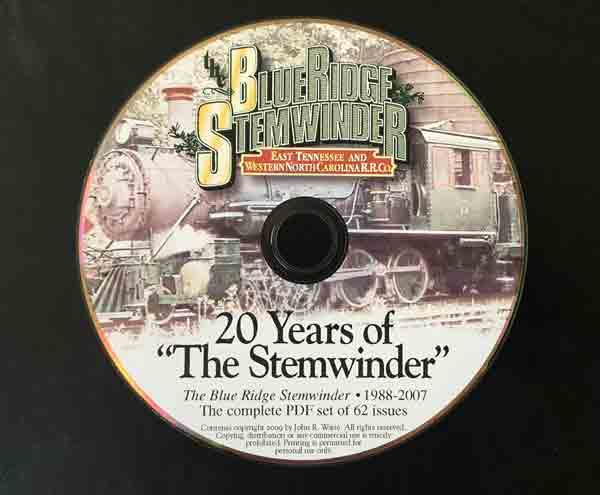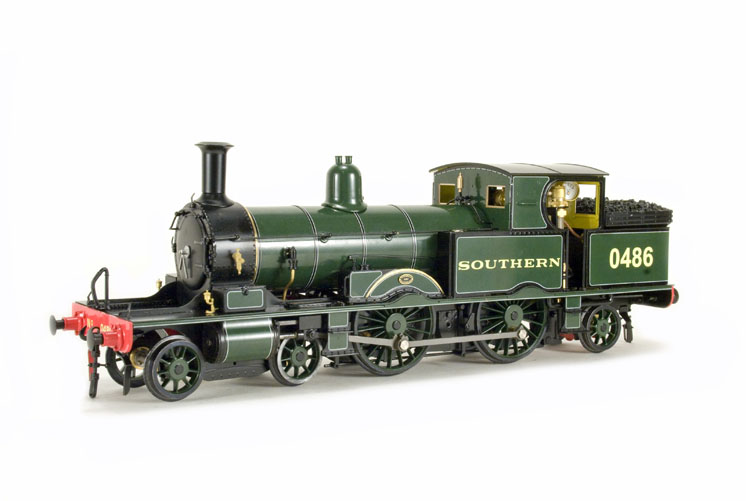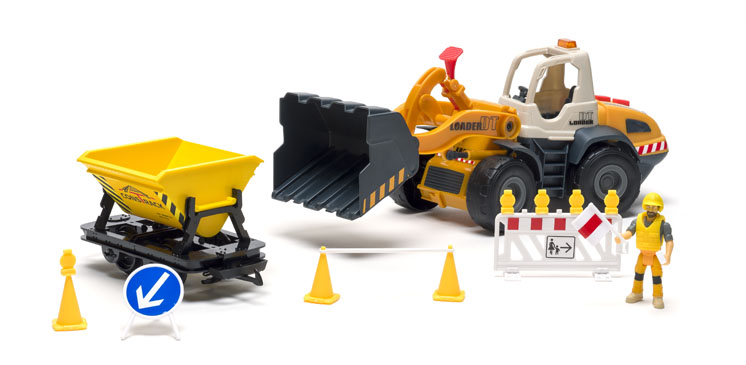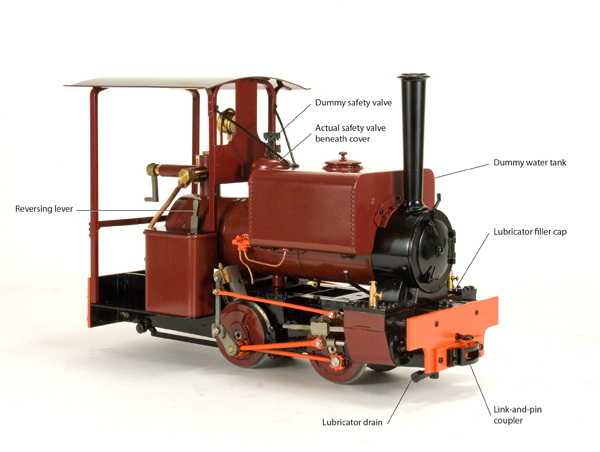20 Years of the Blue Ridge Stemwinder
Chris Ford
928 Landing Oaks Drive
Collierville TN 38017
Price: $42.50
Website: http://cfordart.com
The ET&WNC published a (more-or-less) quarterly magazine called the Blue Ridge Stemwinder. For 20 years (62 issues and over 1,000 pages), the editors filled the magazine with in-depth articles on the people, places, and industries that made the Tweetsie what it was. The Blue Ridge Stemwinder ceased publication in 2007. The historical society has now taken all 62 issues, scanned them, and converted each issue into a PDF file. These files have been compiled onto a CD, so you can have all 62 issues on your computer or tablet.
I used to be the editor of the Friends of the East Broad Top’s (more-or-less) quarterly magazine. We used to exchange magazines with the ET&WNC group, so I’ve been a fan of the society’s efforts for a while. Historical-society magazines tend to go into a great deal of depth on a variety of subjects that often get left out of books for lack of space or because they’re outside the focus of the book. This series of magazines is no different. Editors John Waite and Chris Ford did a fantastic job over the years, finding ways to not only present historical information about the railroad but to make the articles personal. There are many stories about old-time railroaders or folks who worked in the industries. One issue had an article on a lumber company—a customer of the ET&WNC—that made cigar boxes, with a look into what went into manufacturing them. Having been the one whose task it was to bring the history of the EBT to similar life, I can appreciate the breadth and depth of the articles in this magazine over the years.
The reproduction quality of the magazines is very good. The graphic design is excellent. Photos are large, text is quite readable, and the maps and drawings are easy to understand. The first 50 issues are high-resolution scans of the pages of the magazine. The last 12 issues are electronic versions of the issues. The advantage of the latter is that you can search the text of those issues for specific words. Because the first 50 are essentially photos of entire pages of the magazine, you can’t search by words. While the entire pages have been scanned at high resolution, the photos have been processed to eliminate the halftone screen needed for printing the photos on paper. I don’t know what magic they worked but the detail is excellent in the photos and you can zoom in on some of them upward of 400% before you start to see any sign of pixilation or digital artifacts. That’s great news for folks interested in building models of these various prototypes, as you can pick out the details.
I was leafing through the various issues in this collection thinking, “What’s needed is an overall index of these articles.” Lo and behold, when I got to the last issue, there it was! And since it’s the last of the 62 issues—one of the digital ones—the index is searchable.
You can view each issue directly from the CD or you can download the collection to your hard drive. The latter method generally provides faster performance, though it will eat up a little over half a gig of drive space.
If you’re a fan of the Tweetsie, this collection qualifies as a “must have.” I have many of the books on this railroad and the info in here goes into much more depth. It’s that depth of information, I think, that would make this CD appealing to people who aren’t necessarily interested in the Tweetsie specifically. The articles on the industries served by the Tweetsie would be of interest to anyone wanting to model those industries. The stories of what it was like to work for the railroad will inspire you to create those personal touches in the scenes on your railroad. And, if it’s sitting on the desktop of your computer—whether you’re particularly interested in the Tweetsie or not—you’ll get far more out of 15 minutes leafing through an issue of Blue Ridge Stemwinder than you will killing time on Facebook.















